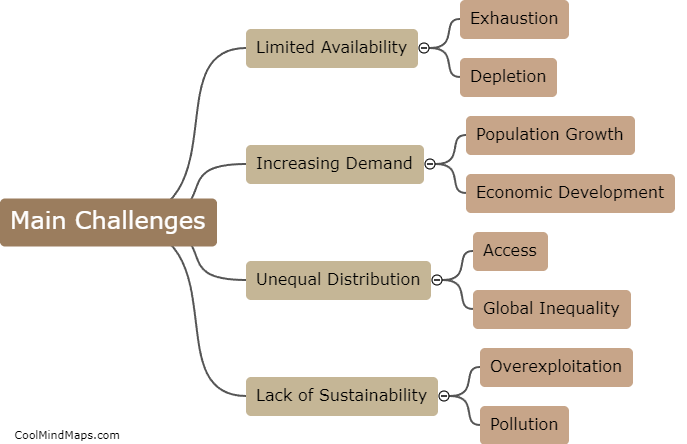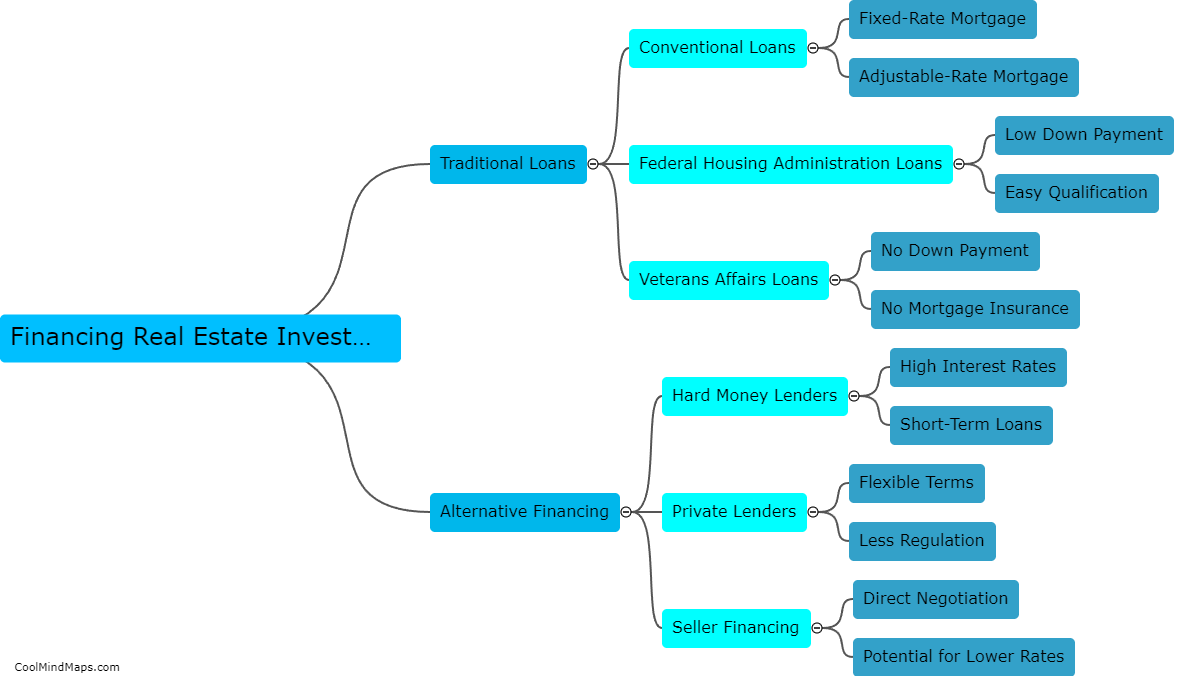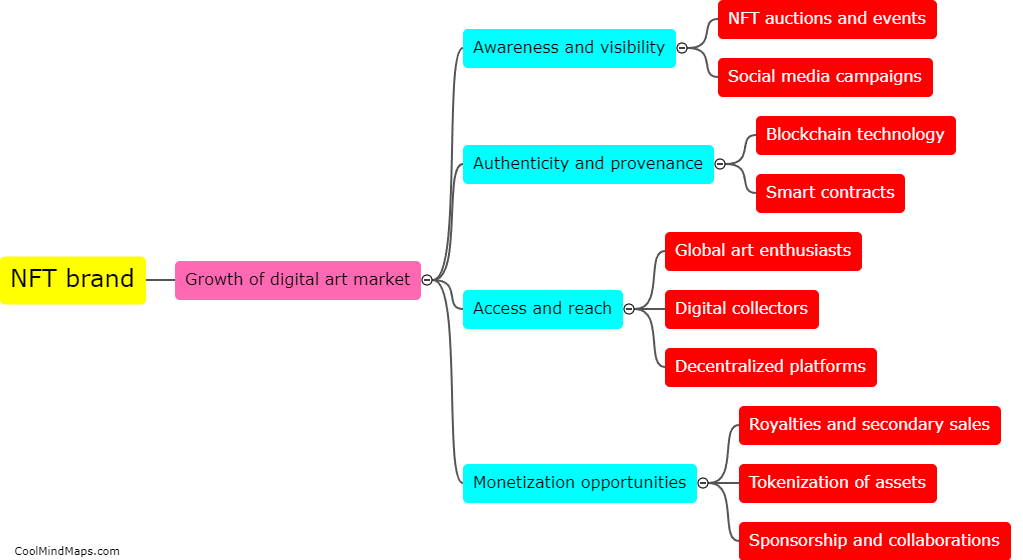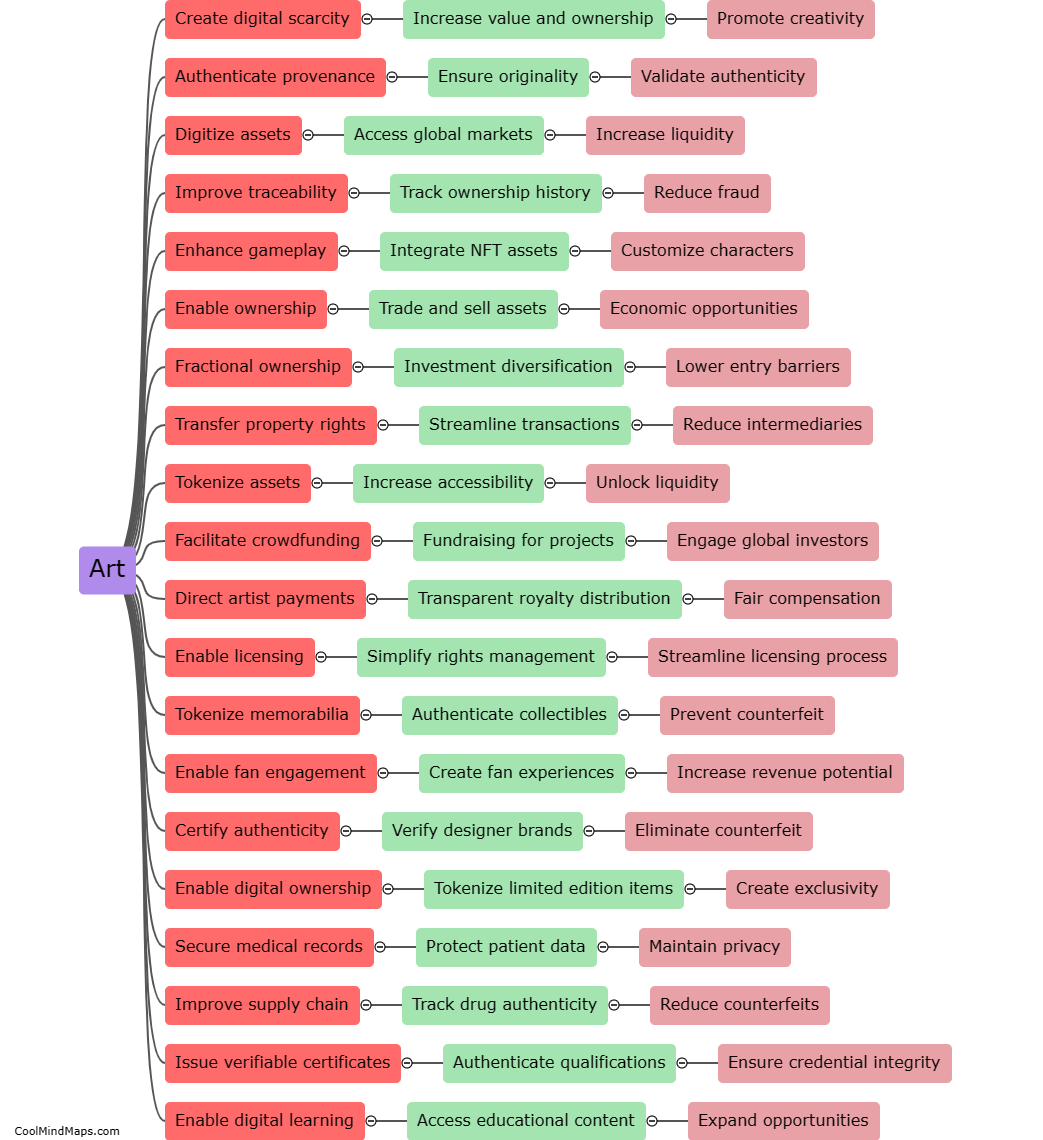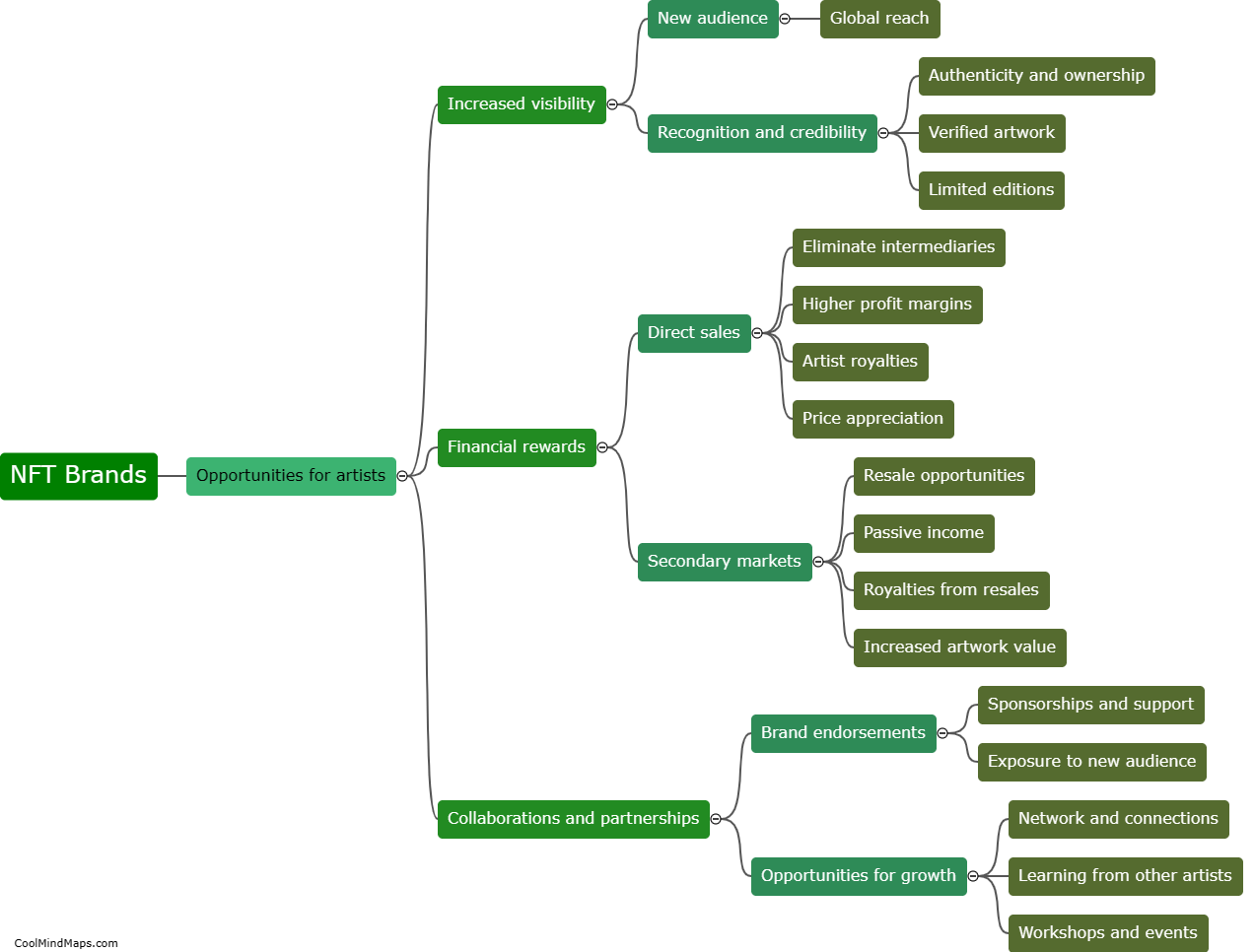What are the key components of a sustainable NFT ecosystem?
The key components of a sustainable NFT (Non-Fungible Token) ecosystem are rooted in principles that prioritize environmental responsibility, artist empowerment, and long-term value creation. Firstly, the energy consumption of NFTs must be addressed, as the blockchain technology used to create and trade NFTs often requires significant computational power. Sustainable NFT platforms should aim to minimize energy consumption, for example, by exploring alternative technologies like proof-of-stake consensus mechanisms. Additionally, artist rights and fair compensation are crucial; platforms should ensure that creators receive proper royalties, have control over their digital assets, and are protected against plagiarism or unauthorized use. Transparency is also vital for sustainability, where platforms must provide clear information on the environmental impact of their operations and showcase their commitment to offsetting carbon emissions. Finally, fostering a vibrant secondary market and promoting long-term value for NFTs is essential, encouraging collectors to hold onto their assets rather than engaging in speculative short-term trading. These elements collectively form the foundation of a sustainable NFT ecosystem that balances the interests of creators, collectors, and the environment.
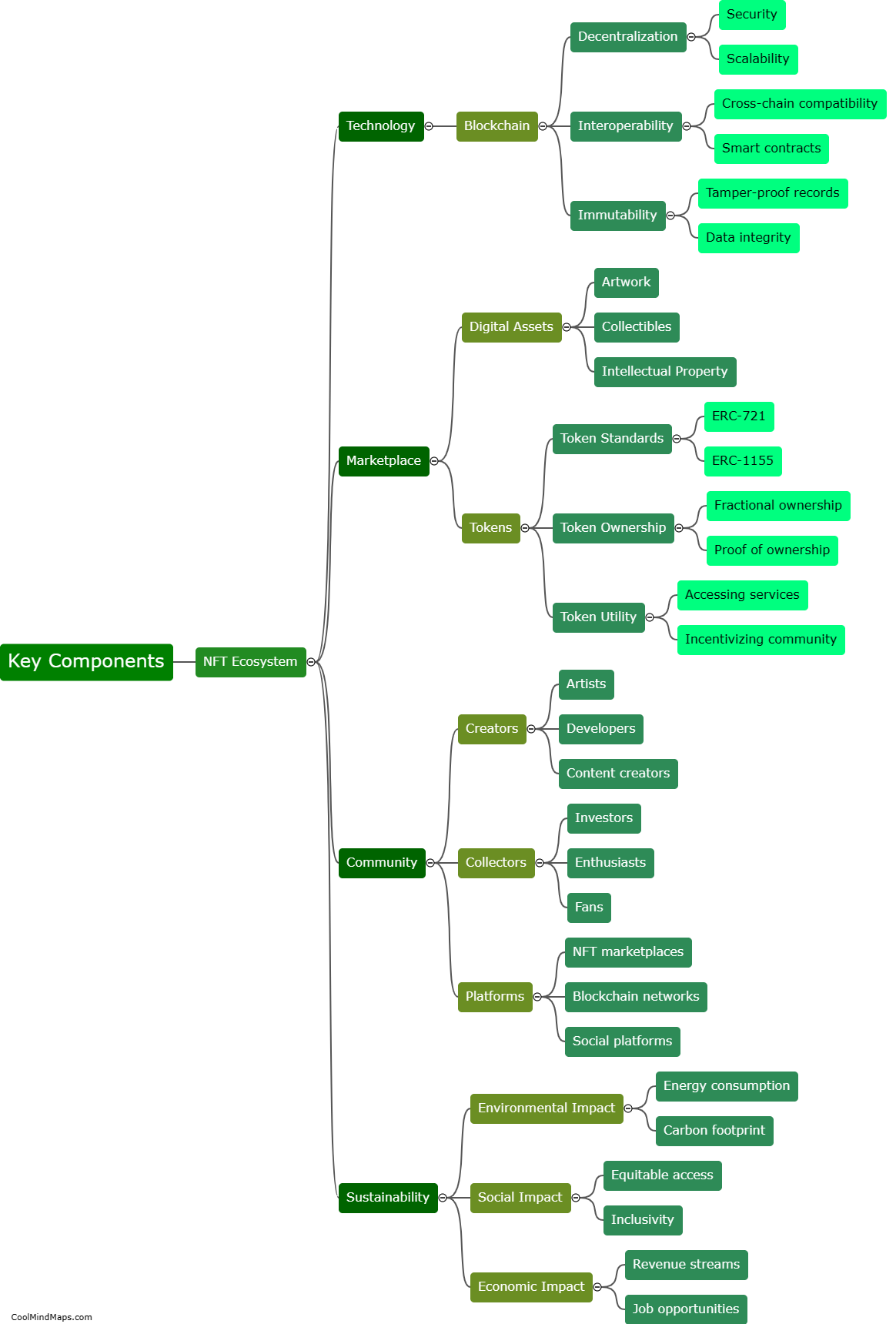
This mind map was published on 7 August 2023 and has been viewed 258 times.
